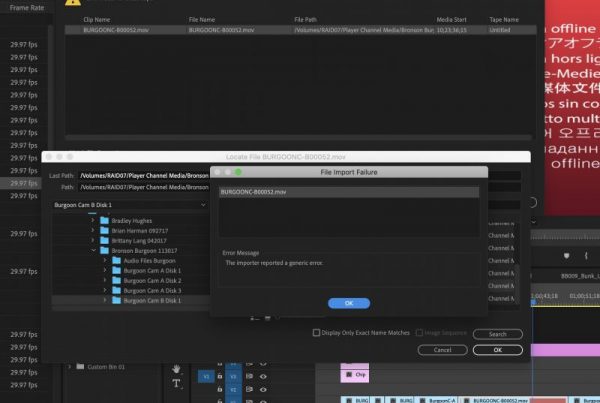Product Listing Ads o Product listing ads (PLA), are product listings that are part of Google's paid search. They are always displayed when a user searches for a specific product based on a relevant keyword or keyword combination. PLAs are also known as Google Shopping or Google Product Search. Froogle was the official name until 2007 and Google Base until 2005.[1] Advertisers have to pay for these product ads based on a Cost Per Click model and provide the necessary advertising data to the publisher, in this circumstance Google, since February 2013.
General information
Product listing ads are the second product in the Google portfolio, alongside Google ads, which allow online stores to place products on Google search. PLAs are known under the name of Google Shopping. Google Shopping was also previously called Froogle. However, there was disagreement among users and concern about the rights of the name.
The Froogles website was frequently confused and Google wanted to avoid a legal dispute. Thus, Google Shopping became the official name in 2012. Since February 2013, product listing ads are no longer free. However, early users received an initial rebate on 10% and existing users received a $ 100 credit to their AdWords account.[2]
Features
You must have a Google AdWords account and a Google Merchant Center account to use product listing ads. The AdWords account must be linked to the Merchant Center, since product listing ads depend on a product feed. This product is entered in CSV format in the Merchant Center and is uploaded to your AdWords account. It is the centerpiece of product listing ads, as it includes data such as the product name, the associated product category, the product price, an image of the product, and a description that contains certain characteristics, such as color or type of model.
These and other data such as EAN (European Article Number), shipping costs or availability, must be exact, since Google determines the display of PLAs based on the source of the product. If someone searches for a black cell phone or a particular model, Google will show these products only if the relevant features are listed in the product feed or source. If there is an error in the product font, the ads will not display.
The concept of product listing ads and data feed has a special meaning. Google offers features like AdGroups and AdLabel to segment the products in the feed. Therefore, the product portfolio can be categorized and classified. This is for the purpose of presenting a clear and structured presentation of products and confirming prices per click or bids in the portfolio.
The use of defined targets and fine tuning of bids. Since Google uses an auction model to set click prices, you must take into account values such as return on investment and cost per click. Thus, long-term optimization of the data source is an absolute necessity to ensure that the effort and financial commitment correspond to the conversion rates that are expected and defined as goals.
Relevance for SEO
Product listing ads can have a positive effect on traffic, page views, and conversions. However, this depends on a good implementation of the product feed. This should not only be accurate, but also up-to-date, as the rapid availability of product data is a competitive advantage over competing online stores. Using the experience with AdWords is advantageous because some ads will have lower conversion rates and will basically serve as a traffic provider. Other product advertisements ensure higher conversion rates and should be monitored and optimized, probably even seasonally, to detect popular buying trends and time periods.[3] Product feed data can be used primarily in the longtail keyword area of search engine optimization.
If a user searches for a specific product through a combination of keywords, not only will the results of Google Shopping be displayed, but also the respective product page in organic search. But this will only be the case if the proper SEO measures have been taken. The longtail keyword area contains potentials that can be leveraged with product feed data and appropriate actions. However, feeding the product is only the first step, and long-term optimization for certain keyword combinations is the second. If these potentials are used, you will be able to achieve greater visibility of certain products in organic and paid search.
Web Links





